lovers of american fashion They have a must do double bill in New York. If last year the MET presented a good catalog of designs from the 40s to the present in In America: A Lexicon of Fashion , the museum now completes the repertoire with the second part that goes much further.
In America: An Anthology of Fashion is truly the icing on the cake because it adds a hundred dresses that reveal some of the most underrated tailors of the 19th and 20th centuries, many of them women or African-Americans. Andrew Bolton, the curator of the most successful exhibitions in The Costume Institute he sums it up nicely in his presentation to the public. "As well as lexicon explores a new language of American fashion, Anthology unearths little-known sartorial narratives through the imagination of some of the most visionary film directors”.
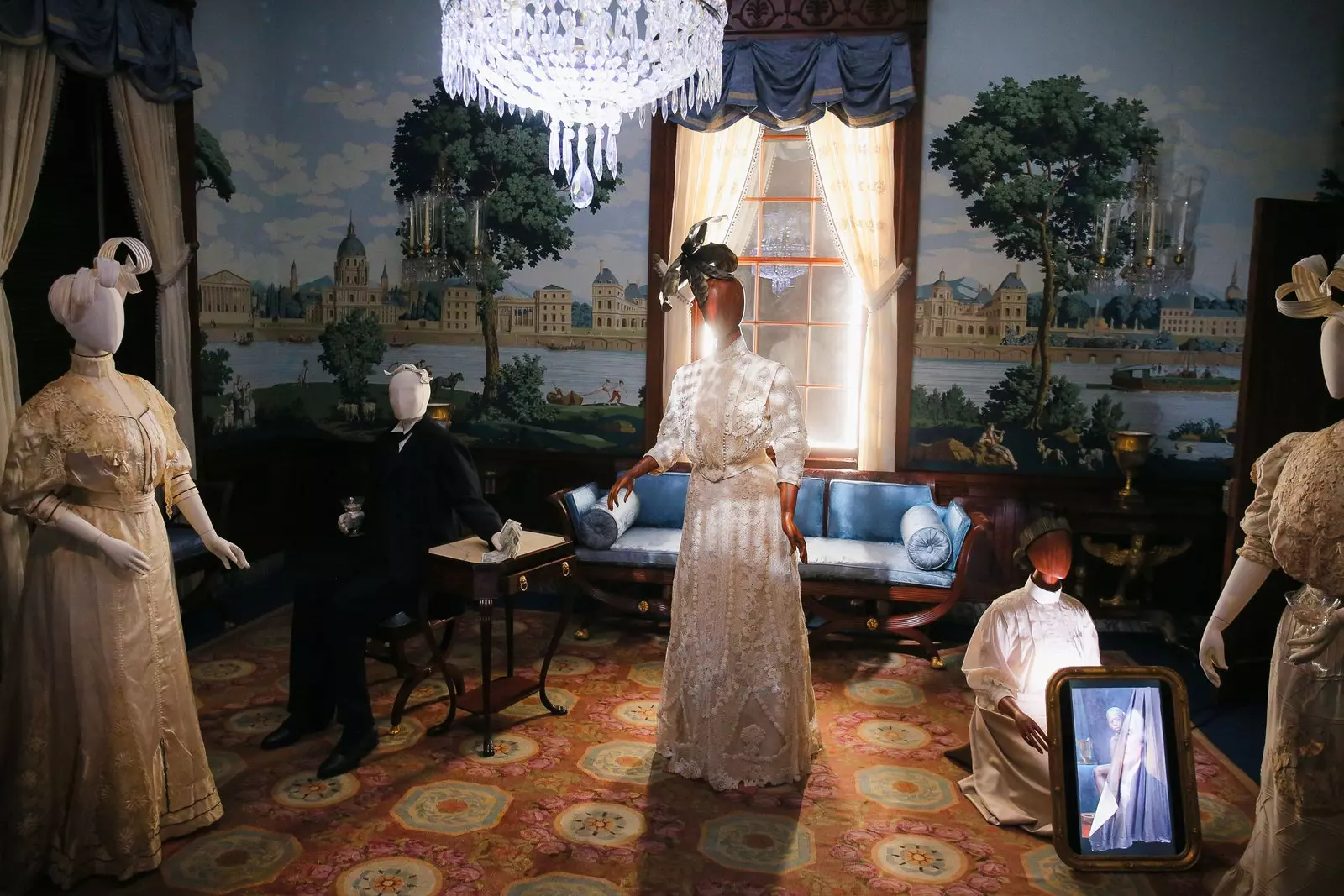
Richmond Room. Director: Regina King.\
Indeed, it is a very cinematographic sample because Bolton has teamed up with nine filmmakers to compose daily pictures using mannequins dressed in period attire as actors and the rooms of american wing of the museum, as a stage.
The same entrance to the MET exhibition could not generate more expectations. Access is through the façade of the United States Branch , a bench from 1831 that was for almost a century in wall street until its demolition and subsequent transfer to the museum. Once inside the American Wing We are greeted by two legendary presidential patrons. The first is a brown wool coat that he wore George Washington during and after the War of Independence. The second, another coat, designed by Brooks Brothers, one of the oldest clothing stores in the United States, and run by Abraham Lincoln on two very significant occasions: during his second inaugural speech and the night of the attack that cost him his life.
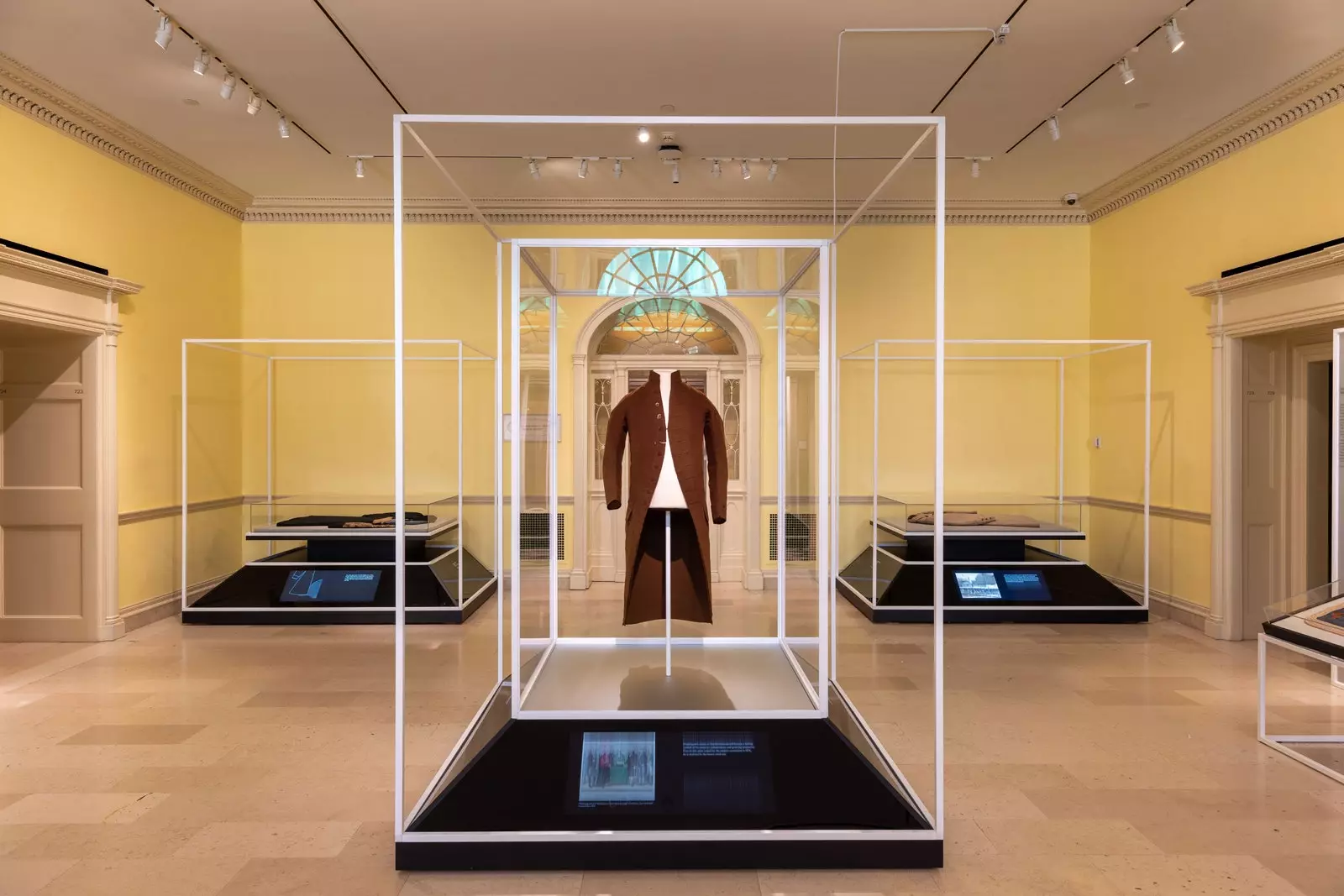
George Washington brown wool coat, Case Study, Gallery 723.
This prelude invites us to get lost in the classic rooms of the museum that have been filled with life with almost theatrical scenes that span three centuries of history thanks to the collaboration of the filmmakers. There is a good representation of African-American female directors such as Radha Blank, Janicza Bravo, Julie Dash and Regina King.
The latter rescues from oblivion Fannie Criss, an African-American dressmaker who dressed the North American bourgeoisie in the late 19th and early 20th centuries. King has imagined a scene in which Criss dresses one of his clients helped by a seamstress, also black.
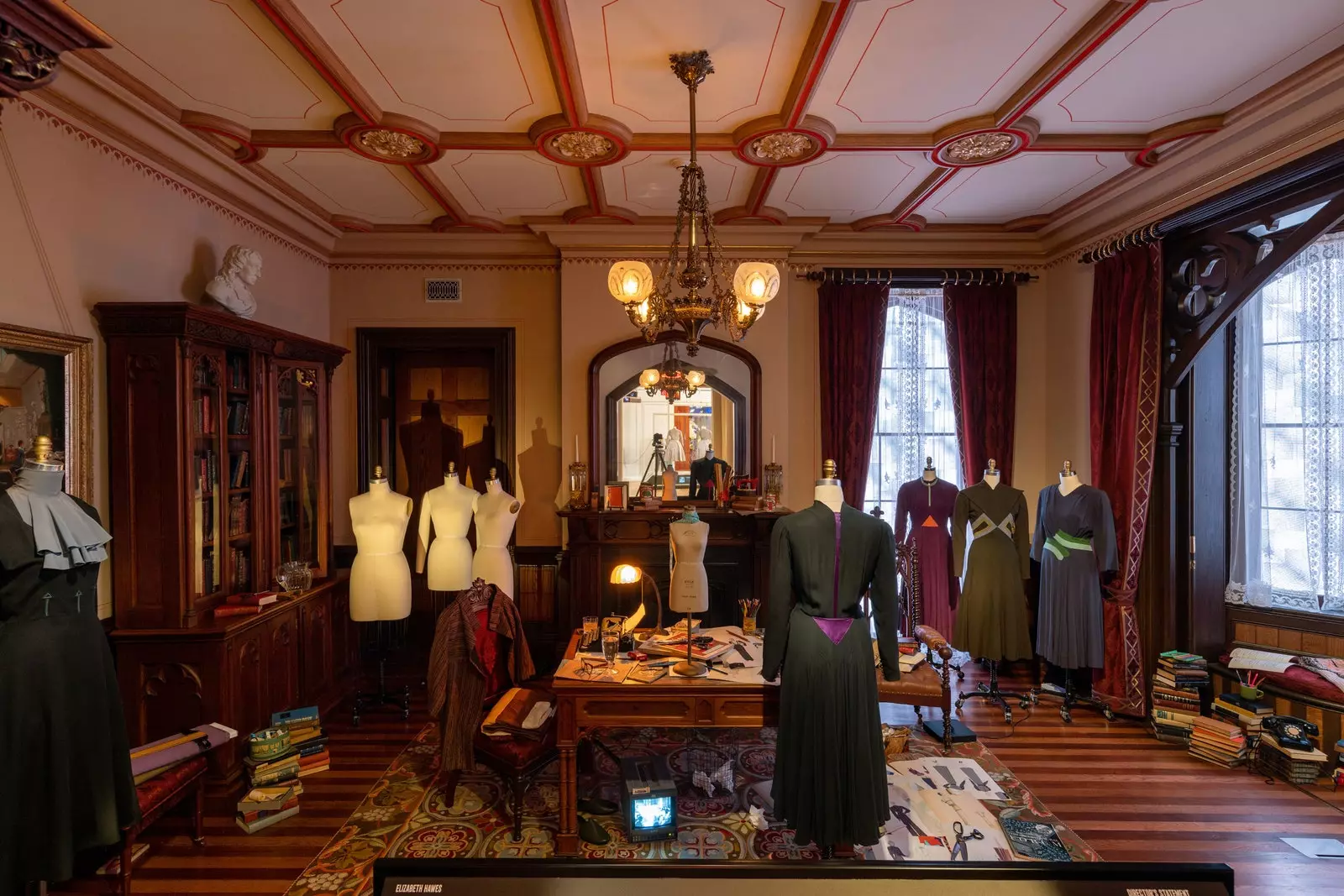
Gothic Revival Library. Director: Janice Bravo.
The tour continues through French fashion influence and the takeoff of the personality of the american look with more dioramas thinker by women of the stature of Autumn De Wilde, Chloé Zhao and Sofia Coppola. The director of Lost in Translation focuses on New York as the epicenter of the industry and highlights designers such as Lucie Monney, a Swiss immigrant who darned large dresses for women in the late 19th century. One of her scenes takes place in the famous Worsham-Rockefeller Dressing Room and remember the series the golden age which has come back into fashion this time of luxury in New York.
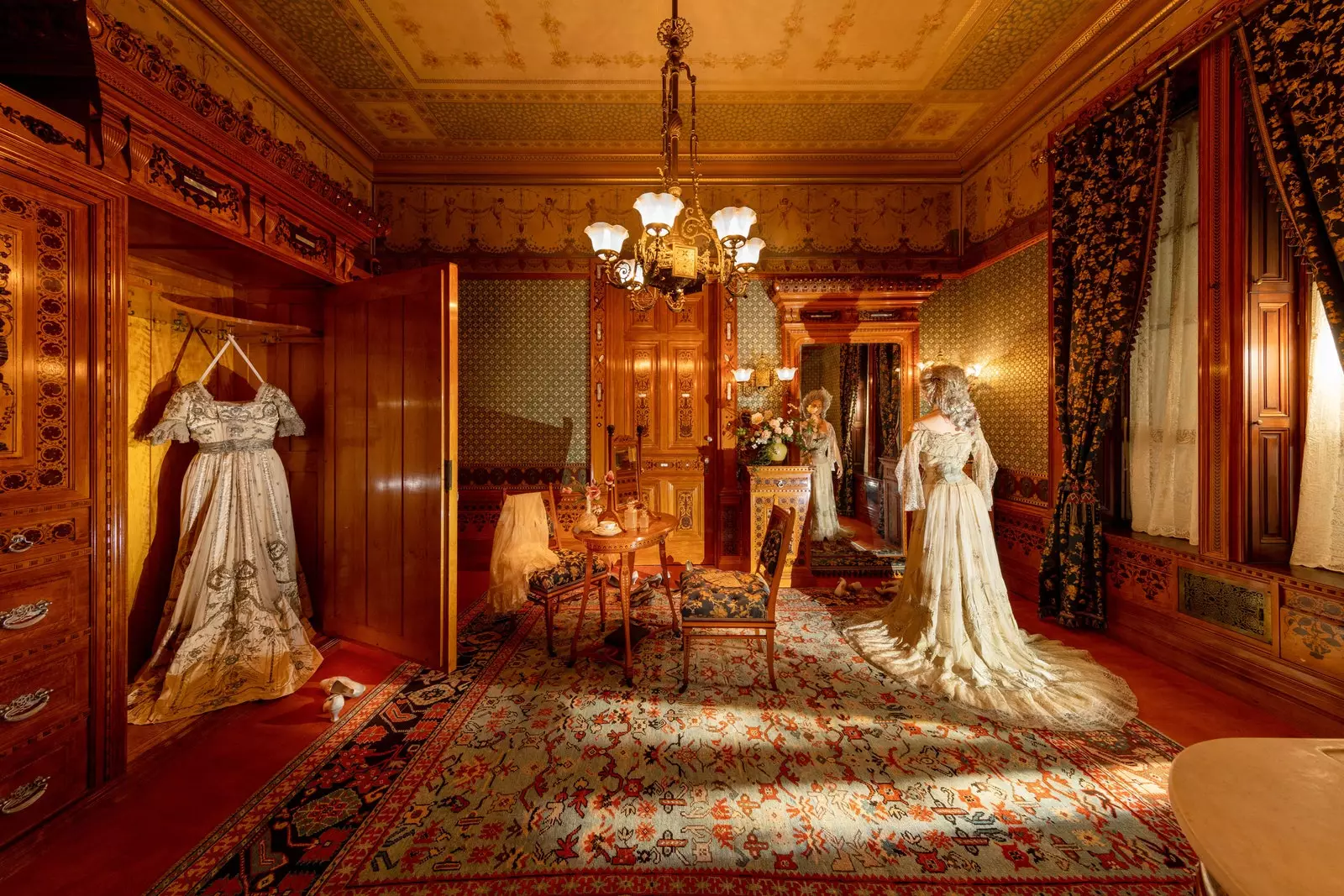
Worsham-Rockefeller Dressing Room. Director: Sofia Coppola.\
Among the most spectacular installations, halfway there is the one by one of the most celebrated designers and filmmakers, Tom Ford. The director has had the privilege of occupying the room where the impressive concave mural of more than 50 meters long is exhibited, where the painter John Vanderlyn recreated views of the palace and garden of Versailles from the early 19th century.
Ford has composed a veritable fashion war in which French designers such as Hubert de Givenchy and Yves Saint Laurent They compete for the catwalk with the American geniuses Stephen Burrows and Oscar de la Renta. It is one of the few battles in which everyone wins.
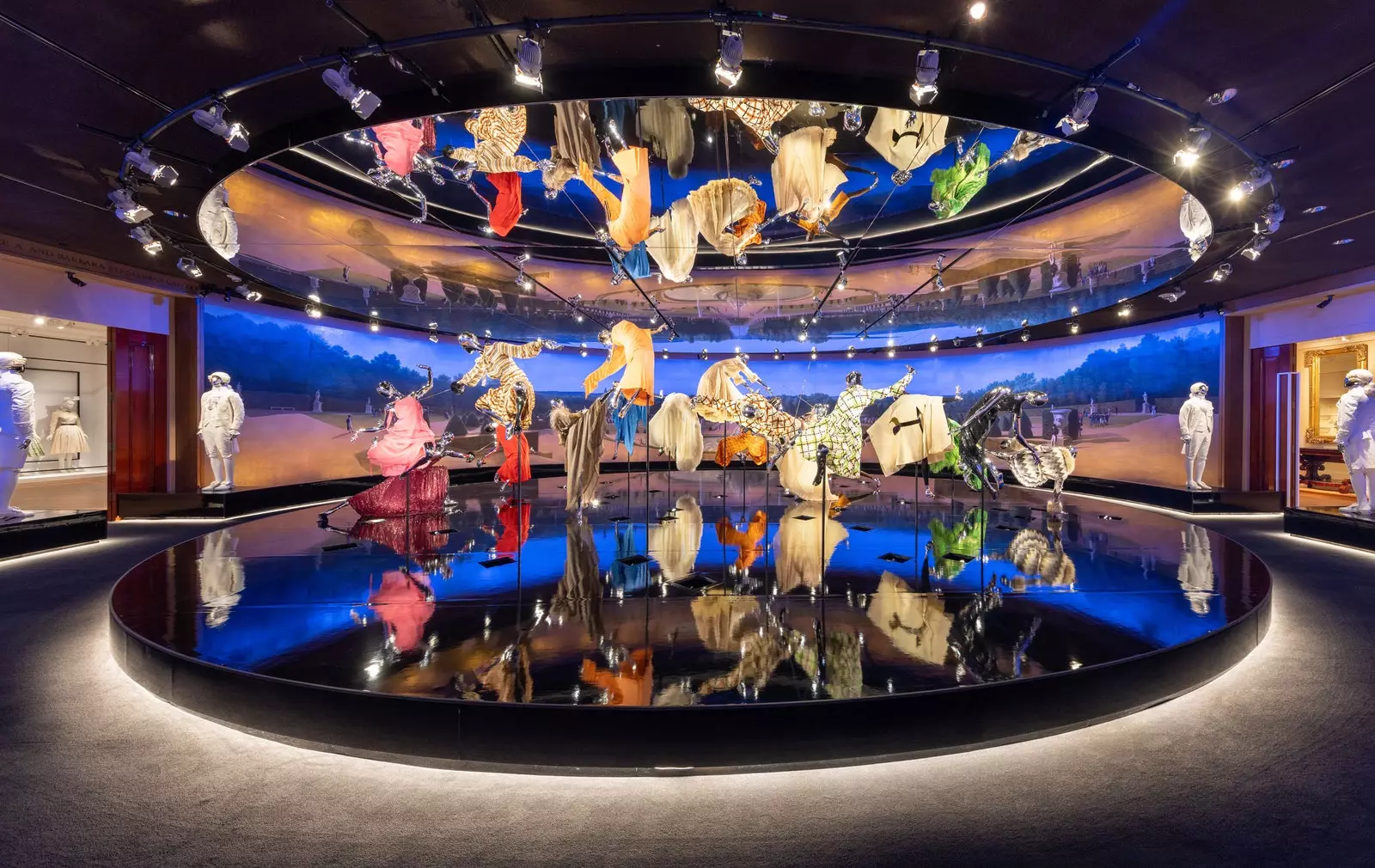
VanderlynPanorama. Director: Tom Ford.
Two authentic talents come together to close the MET exhibition, those of Martin Scorsese and the architect Frank Lloyd Wright who designed the beautiful living room of the house of Francis W Little from the 10s where the last scene takes place. The director, who has cinema in his blood, wears dresses and suits Charles James to set the scene for a party with friends full of hidden details: an open photo album, a woman who seems to be crying, a stranger peeking through the window... Scorsese even uses fragments of the film Heaven judge her by John M. Stahl to play with that tone that is set up like a track book.
The two parts of this original journey through the history of fashion in the United States can be seen until September 5, 2022 in the ideal environment Metropolitan Museum.
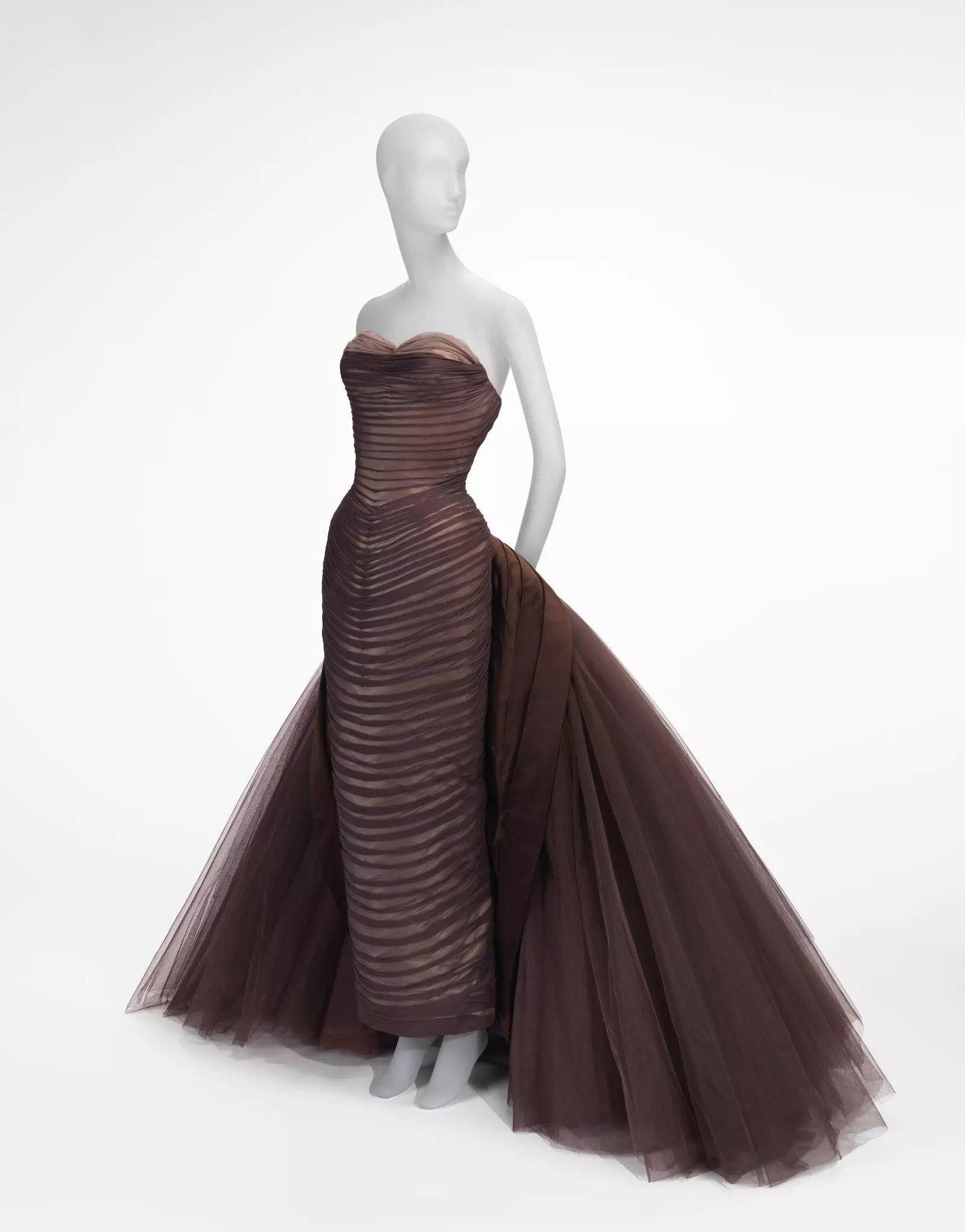
“Butterfly” ball gown, Charles James (American, born Great Britain, 1906–1978), ca. 1955; Purchase, Friends of The Costume Institute Gifts, 2013 (2013.591).
